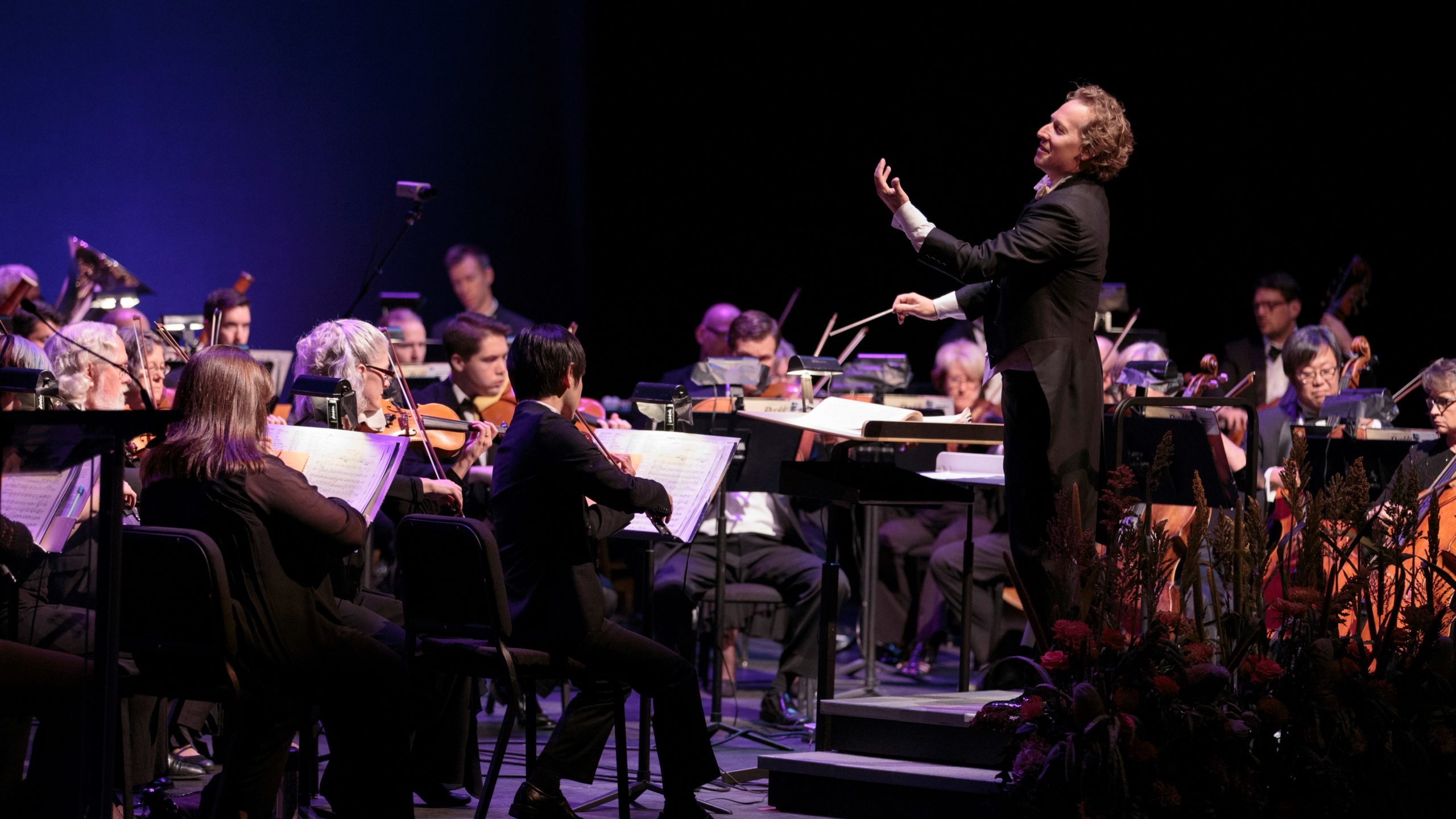Cavalleria rusticana 101—Musical Style

Photo: Matthew Staver/Opera Colorado
By: Betsy Schwarm
In 1888, Pietro Mascagni (1863 – 1945) heard of a competition for one-act operas. With four complete operas to his name, the Italian composer was on the verge of submitting one excerpted act of his historical drama, Guglielmo Ratcliff. However, his wife had already sent in one of his more recent works without his knowledge. The piece was Cavalleria rusticana, usually translated as “Rustic Chivalry,” though there is little conventional chivalry in the piece. A dark and gritty tale of love and revenge in Sicily, it not only won the top prize but also became an international smash hit from the moment of its May 17, 1890 premiere in Rome.
Interested in learning more about Cavalleria rusticana‘s plot, setting, and characters? Check out the first installments of Cavalleria rusticana 101—Characters and Plot>>
Meet the Composer: Pietro Mascagni
Instantly, young Mascagni was typecast as a composer of “verismo”— a genre of opera featuring realistic, down-to-earth, and often tragic stories. Cavalleria rusticana is all those things, but his following dozen operas were significantly mellower and never widely accepted by audiences or critics. Despite maintaining a busy career as a composer and conductor, Mascagni remained—in the public view—a one-hit wonder, never recapturing the success of this dramatic free-for-all.
The Musical Style of Cavalleria rusticana
As a whole, Cavalleria rusticana’s music is determinedly strong, passionate, and often conversational in phrasing. This style fits well within the context of “verismo.” In real life, people don’t expound for four or five minutes at a time; they converse with one another. The conversational phrasing is why one does not often find excerpts from Cavalleria rusticana on recital programs. A live performance with a full cast is a rare opportunity to sample the music’s beauty and power, hearing it in context as Mascagni intended.
Consider also Cavalleria rusticana’s instrumental and choral material. Mascagni opens the opera with a brief prelude that makes it clear this will be an opera containing romance and anger. Not long after, a chorus of worshippers process into the village church for Easter services. Peacefully and reverently, they sing Mascagni’s beautiful setting of the “Regina cœli.” A church choir director searching for something new for worship services might wish to take note.
Mascagni’s “Intermezzo”
The most famous music from Cavalleria rusticana is certainly the “Intermezzo” between the one-act opera’s two dramatic scenes. It is brief, but oh, so lyrical—tension resolves to serenity. Like the eye of a hurricane, the “Intermezzo” is a gentle respite before the storm resumes. One imagines the characters are perhaps reflecting on what they should do, but their subsequent decision result in the deeply human drama to come. Learn about Hollywood’s love affair with this piece in An Opera Fit for Hollywood.>>
Notes and synopsis © Betsy Schwarm, author of the Classical Music Insights series.
If you loved learning about the musical themes throughout Mascagni’s Cavalleria rusticana, you deserve to hear the music live and in person! Tickets for Opera Colorado’s September concert production of Mascagni’s Cavalleria rusticana are on sale now>>
—
Which themes are your favorite in Cavalleria rusticana? Is there a theme you hear throughout the opera that we missed?


